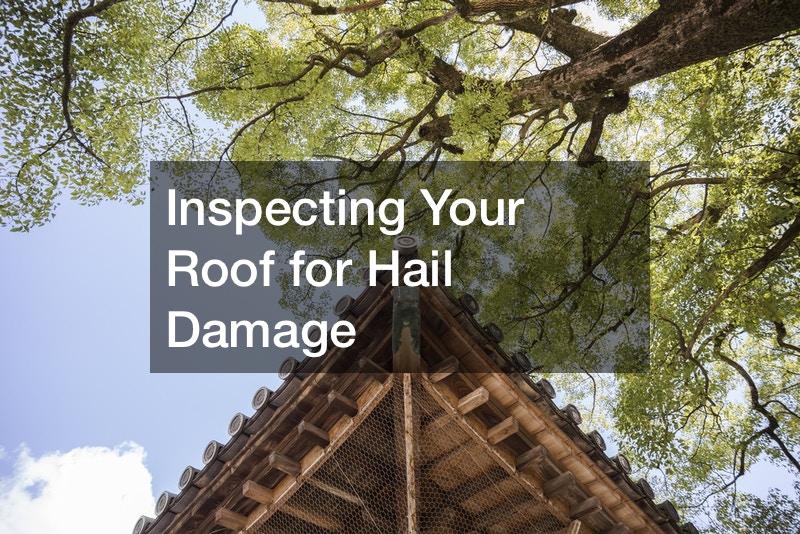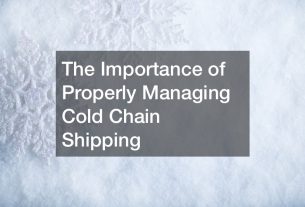
If you want to know details about metal roof contracting, then this video is the first thing to watch.
The impacts of hail roof damage vary depending on the hail size, wind speed, direction, roof type, age, and slope. Hail damage causes roof leaks and other concerns.
Cosmetic damage is sometimes more severe than functional harm. Broken edges, bruising, punctures, and granule loss can create major issues, despite appearances. Let’s look at some specific forms of hail damage to a roof:
The shingle’s granules are like sandpaper. An exposed asphalt covering on a shingle loses granules, causing premature ageing. After a hailstorm, check your gutters and downspouts for granules.
High winds or hail can damage the shingles and cause cracks. This might expose your roof and cause rips, exposing bare places. Cracked shingles won’t protect your roof from the elements.
Roofing shingles can be shattered by hail, separating them from the fibreglass mat beneath.
Frayed fibreglass takes a skilled eye to notice. A hail hit can rip or shatter fibreglass matting.
High winds and hail might damage your shingles’ seals. A poor seal might allow a shingle to fly off, leaving your roof exposed. A shingle’s integrity is forever weakened once damaged. This can create leaks and break other roofs nearby.
Knowing the common types of hail roof damage might help you spot damage on your home after a hailstorm.
To find out more about metal roof contracting, watch the video.



